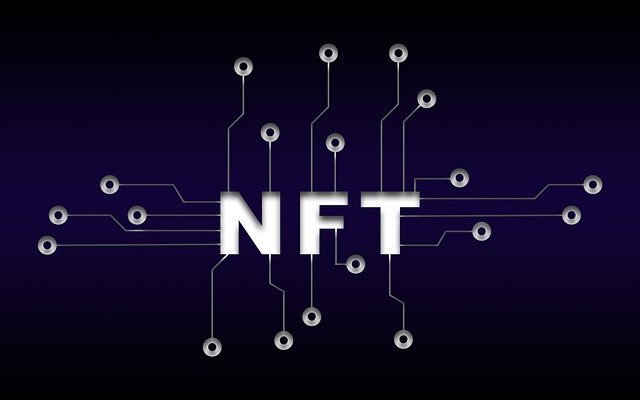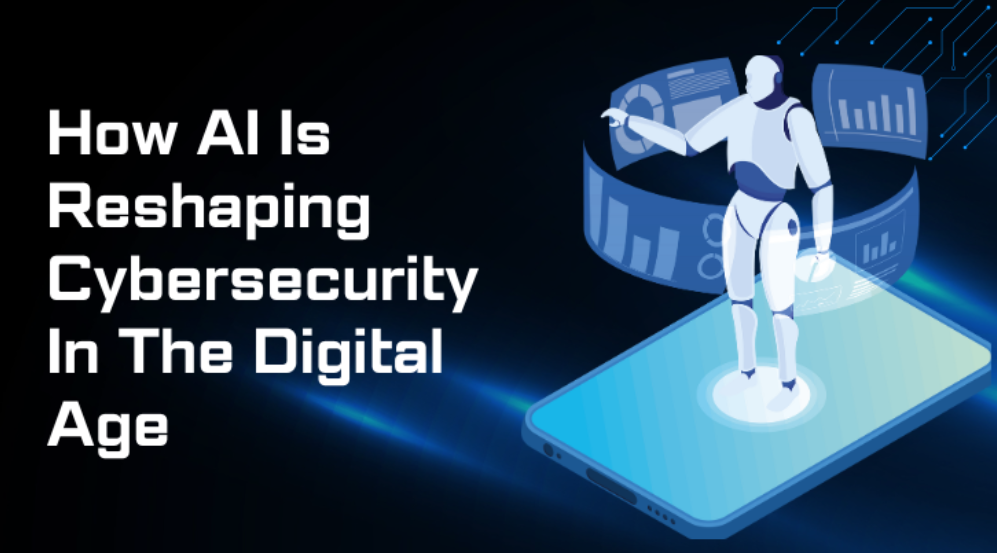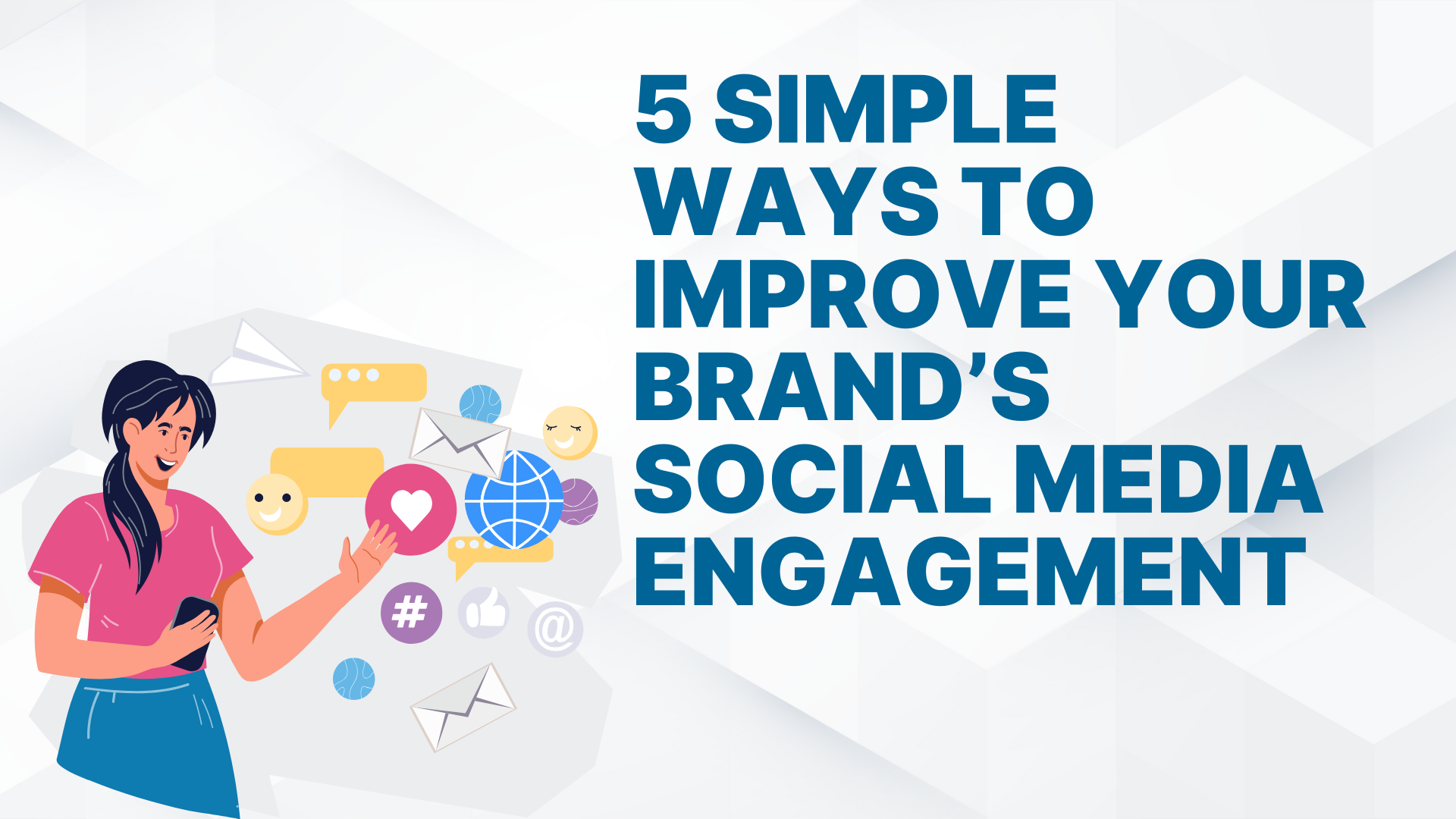What is NFT?
Non-Fungible Tokens (NFTs) are unique cryptographic tokens that prevail already present on a blockchain. NFTs are the identification codes on a blockchain, and they cannot be exchanged or replicated. NFTs identify individual identities, property rights, and other things. They are digital articulations of the system, and they have already correlated through digital passports. Because each token depicts a specific identification code to distinguish it from others, Due to this feature, you can easily do the transaction with a secured system.
Modern finance consists of tremendous buying and selling and loan systems for each rare asset, ranging from numeric transactions. Enabling the digital representation of physical assets through NFTs helps you secure a tunnel of transactions in the financial world. With the help of NFTs, you can virtually represent your real estate, assets, and artwork. Thus, NFTs hold value in a digital format.
The distinction between NFTs and cryptocurrency
NFTs are more akin to collectibles in that their value may grow. They are also encrypted, but they are not used as a form of payment. Both NFTs and cryptocurrencies exist on a blockchain is their fundamental commonality. They are also frequently traded in the same markets and utilized in the same circles.
However, there is a significant distinction between the two: in the case of cryptocurrencies, you may trade them due to their similar properties. But in NFTs, each token is formed with a digital representation, & that is why we cannot exchange NFTs. They have this unique property that differentiates them from cryptocurrencies.
How are NFTs created?
NFTs have created objects that may depict movable or immovable assets. You may pick the platform on which you want to mint your NFT as well as the Blockchain you want to utilize.
Here I am providing you with how you can mint your NFT on BakerySwap:
1. First, go to bakeryswap.org and move your wallet to the upper right-hand corner of the screen.
2. After connecting your wallet, click on Mint Artwork to start minting/creating your NFT.
3. Then, fill out the necessary fields with all the collectible information.
4. To upload your file, click the [+] symbol beneath your NFT's information. Under the anti-plagiarism statement, you can also view the current minting charge.
5. After that, make sure to agree with the anti-plagiarism statement.
6. Then, a dialogue box will pop up asking you to confirm the minting fee payment.
7. You may view your NFT on the blockchain once you've completed the payment.
How do NFTs work?
When an artisan decides to create their art and turn it into a non-fungible token, they turn their particular art into a digital collector's item. It is also a reasonable method for controlling the supply of digital content, which is critical for pushing up its price. Because it assigns an individual owner to a single piece of an item, even though others can view it, only one person can access it.
Use of NFTs
You can reproduce a digital file of your art with the help of NFT. An NFT can only have one distinct owner. The Ethereum blockchain ensures NFT. So no one can change the record of ownership or create a new NFT. NFT represents digital game assets, music, and art, among other things. Some transactions grant a license for private or commercial use, while another license allows commercial use of digital assets. You can mint your digital artwork, associated files, games, and music out of it.
Forms of NFT, including:
Collectables
Art
Music
Videos
GIFs
Essay
Domain name
Artwork
Real Estate
Tweets
Benefits of NFTs
1) NFTs are Smart tools that let you exchange artwork, real estate, and other items.
2) The NFTs were created to assist the artist in earning money in a digital setting that has lately become popular. As a result, it adds more value, allowing artists to profit from their work if it becomes famous on the internet.
3) If their validity is approved on the Blockchain, NFTs cannot be modified or substituted in any manner. Authenticity's intrinsic worth acquires an actual, identical value.
4) NFTs provide altruistic patrons with a direct method to help the artistic community while also adding a one-of-a-kind treasure to their collections.
Disadvantages of NFTs
1) The process of buying a unique NFT can be intimidating for those who are not well-equipped with the technology.
2) NFT's value in the modern period is bound to aesthetic value. It's impossible to predict if it's worth a long-term investment.
3) Doing NFT trading involves a lot of power usage, as in blockchain transactions. The NFT market would lead to rapid harm to the environment.
4) Just because someone owns NFT does not mean that they can control its production or duplication across various digital formats. Ownership implies that they have the "original" – they cannot prevent "prints" from being manufactured.
Connection Between NFT and Blockchain
The ownership of the NFT is composed on the Blockchain through different network systems, which formulates the actual owner of any art. With the help of blockchain technology, we can purchase and sell virtual objects. Many blockchain development firms are collaborating to produce safe and accurate NFTs.
Organizations may utilize the decentralized network and produce great solutions by outsourcing blockchain development companies. It brings a new level of transparency, efficiency, and automation to companies. With the help of blockchain security, anyone can purchase the NFTs, which ensure asset verification for a particular NFT.
The NFT market will be converted by new strategies purchasing and selling digital commodities that reflect real-world goods. NFTs have the potential to be game-changers in the new digital environment. NFTs will arise in blockchain technology during the next several years.
At a particular moment, an NFT can only have one official owner.
The uniqueID and metadata tokens can reproduce to generate ownership. Smart contracts that allot ownership and control the transferability of NFTs are used to mint them. When someone creates an NFT, they run code encoded in smart contracts that adhere to various standards, such as ERC-721. This data is accessed on the Blockchain, which is where the NFT is controlled. On a high level, the creative process consists of the following steps:
* Adding a new block
* Information verification
* Inputting data in Blockchain
The Future of NFT
NFTs are a matter of relevancy as major companies are creating NFT verifications.
Recent companies who are integrating with NFTs include:
* Twitter is assimilating NFT.
* Nike is developing NFT verification for footwear.
* Warner Bros. has previously published Space Jam NFTs and plans to release music NFTs in the future.
* Coinbase is constructing an NFT marketplace.
With the advancement in technology, NFTs are likely to have a long-term beneficial impact on real estate, gaming, and artwork. In the Metaverse, Mark Zuckerberg promises to provide secure ways of ownership. Here, NFT is going to help through digital assets. With the addition of digital assets, NFTs can be purchased and traded using blockchain technology. NFTs are very popular in digital artwork and collectibles. Undoubtedly, NFT would create new ownership opportunities in the digital world.

















Post Comments